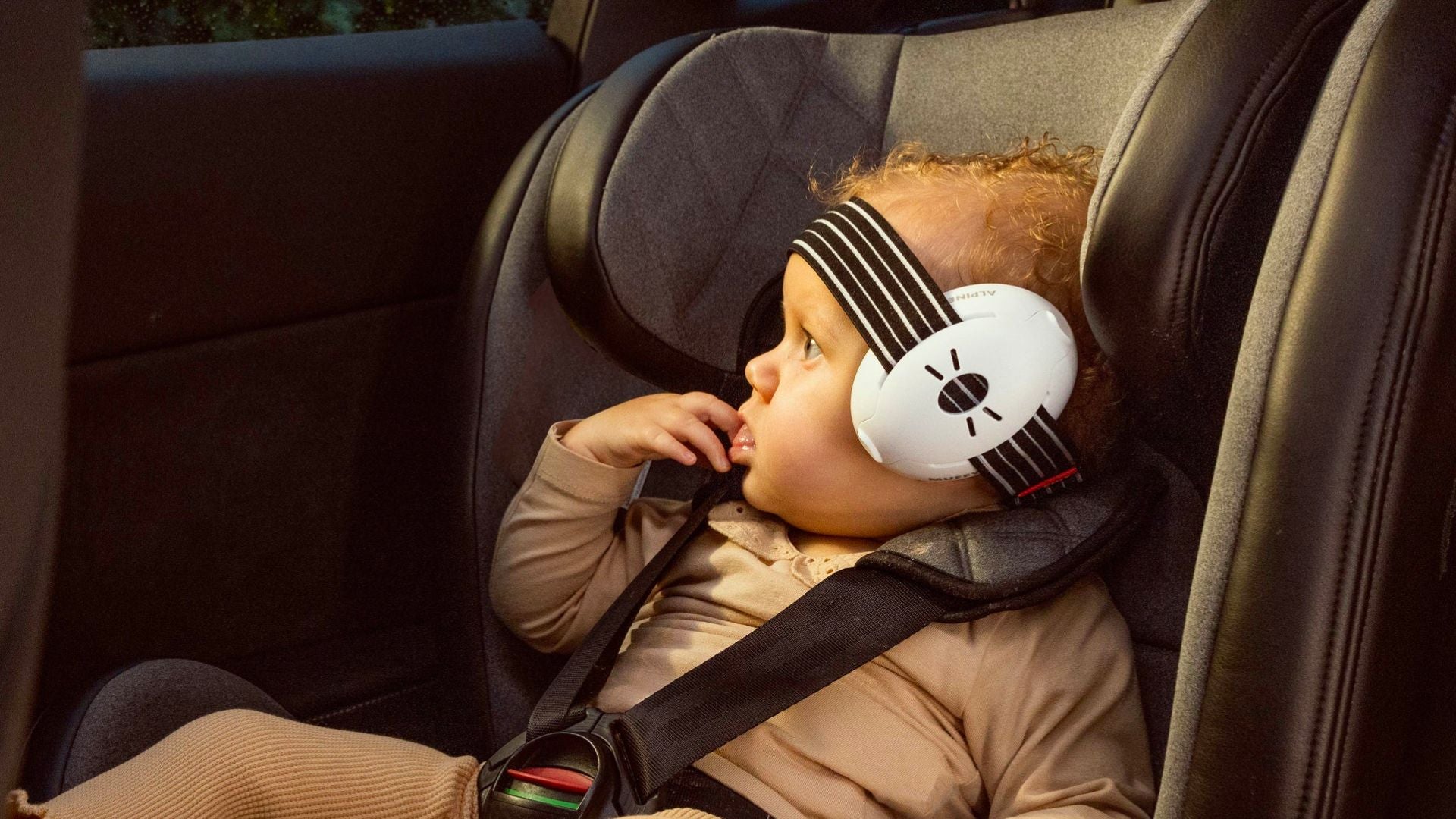Have you ever thought about the potential risks of attending amusement parks, sporting events, traveling by plane, visiting shopping malls, or watching firework displays? It turns out that these activities often expose us to high levels of noise that can actually lead to hearing loss if we don't take proper care.
Why Your Kid Should Wear Earmuff?
Now, let's talk about why it's important for your child to wear earmuffs. Kids have extremely sensitive hearing. So sensitive, in fact, that even when you're speaking in a normal everyday voice, it can sound like you're yelling to them. As responsible parents, it's our duty to protect our children's hearing as they grow up. Earmuffs not only safeguard their sense of hearing but also provide them with some much-needed quiet time. This is especially beneficial for kids with conditions like Autism, ADHD, or other sensory and auditory processing disorders.
Here are five other great benefits of using earmuffs for your little ones:
-
Protecting your child’s developing ears:
Did you know that what your child hears can be up to 20 decibels louder than what an adult hears? That's because the narrower ear canals of young children and babies amplify sound pressure, making them more susceptible to hearing damage. Since hearing loss is cumulative and irreversible, you and your child may not even notice the effects until much later in life. -
Providing sensory breaks to your child:
Too much stimulation can be overwhelming, especially for children with sensory conditions like Autism and ADHD. Earmuffs can offer a break from excessive stimulation, preventing meltdowns or sensory overload situations. -
Calming your kid's nervousness and uneasiness:
Some kids feel nervous and uneasy when exposed to loud and unfamiliar noises. What seems like normal noise to us adults can be perceived as unbearable to a child. By using earmuffs, you can help your child experience new places without getting upset. -
Improving your child’s focus and concentration
There's a big difference between willing and forced concentration. Kids easily concentrate on activities they choose for themselves, like playing computer games or doing arts and crafts. However, tasks like homework or listening to a teacher require forced concentration. Studies have shown that parents can increase their child's attention span by having them wear earmuffs during "task" activities.
How Do I Know If I Bought The Right Earmuff For My Kids?
Remember, you know your child better than anyone else, so trust your judgment when selecting earmuffs. Here are some guidelines to consider:
-
Have a good NRR rating of 20 to 26:
Ratings below 20 may not provide sufficient protection, while ratings above 26 may isolate your child from important sounds. -
Ensure good ear padding for an effective seal:
The seal is critical to keep noise out. Even a tiny gap can allow dangerous amounts of noise to get into the child’s ears. -
Choose a well-engineered design without hard edges or corners:
When you hold and feel an earmuff, you can easily tell if it's a quality product or a cheaply made one. Look for a smooth, adjustable headband, preferably padded, for comfort and proper fit. -
Adjustable earmuffs for various head sizes:
Good earmuffs should be adjustable to fit different head sizes. Once adjusted, they should stay in place without causing discomfort by pressing too hard against the head. -
Consider proper clamping force:
Noise protection earmuffs work by pressing the ear cups over the ears to create a seal against the head. The headband provides the necessary pressure. Make sure the pressure is neither too little, as it may compromise the seal, nor too much, as it can be uncomfortable. For very young babies whose heads haven't fully formed, be careful with the clamping force. It's a good idea to try on the earmuffs yourself to see how they feel. Keep in mind that the clamping force will be less when your child wears them, but if it feels uncomfortably tight for you, it might be too tight for your child as well.
If you need further assistance in choosing earmuffs for your children, don't hesitate to reach out to one of our Hearing Care Professionals. We'll be happy to help!





